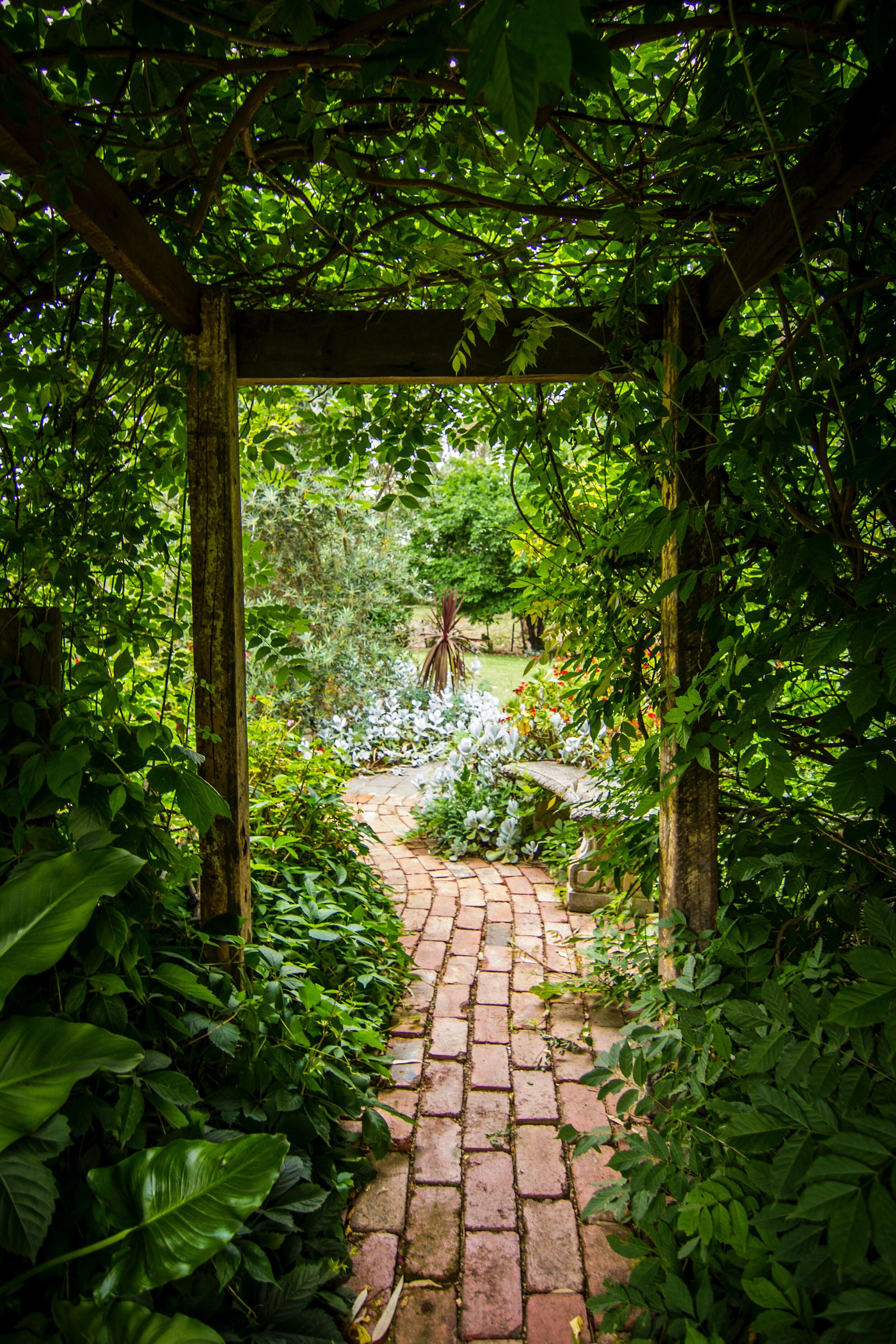
Minnesota plant varieties
Trees
Pears
Much like apple trees, pears flower in the spring. Patton, Luscious, and Parker are all varieties suited for use in Minnesota landscapes and provide fruit from late summer into fall.
Plums
The American Plum, a wild plum found throughout Minnesota along with Toka and Superior Plum can make great landscape additions. Flowers in the spring and fruit in the fall.
Cherries
Sweet Cherry Pie is a new variety cherry tree with large cherries that are sweeter than most other sour cherry varieties.
Apples
Honey gold, Cortland, and Gold/Red Delicious are a few apple trees suited for Minnesota. Apple trees provide landscape appeal in spring with showy flowers and fruit in the fall.
Apricot
Scout, Moongold, and Sungold are all varieties of apricots that can be grown in Minnesota. And like other fruit trees, can add beauty and functionality to your landscape.
Mulberry
The Red Mulberry, native to Minnesota produces edible fruit, grows almost anywhere, provides food and habitat for wildlife.
Conifers
Native species of Pine, Spruce, Hemlock, and Cedar trees all fare well in Minnesota. Evergreens add privacy for you and habitat for wildlife and add winter interest in any landscape.
Shade Trees
From improving your soil, adding depth to your landscape, and providing…shade. Many native tree species, including oaks, maples, hickory, and aspens add year-round interest to your landscape.
Shrubs
Blueberries
My personal favorite to grow is the blueberry. Many types of blueberries can be grown, Northland, Patriot, and Toro. Blueberries also have stunning fall foliage colors.
Serviceberry
Native to the eastern part of Minnesota, Serviceberries add brilliance to the spring landscape, provide great fall colors, and produce an edible berry.
Raspberries
Blackcaps, Boyne, Nova, and Ruby are all varieties of raspberries that can be grown in Minnesota. Raspberries make great natural borders or barriers due to the thorny stems.
Yews
An evergreen shrub native to Minnesota, the Canadian yew provides year-long interest in your landscape. Yews make great green walls for privacy if grown in a hedgerow and adds habitat for wildlife.
American Cranberry
A common landscape shrub, the viburnum or American Cranberry has an edible berry, creates a nesting habitat for wildlife, and can be used as a natural border in hedgerows.
Arborvitae (White Cedar)
An integral plant in Minnesota landscapes, the Arborvitae provides habitat, makes great privacy walls, and adds year-long interest, because who doesn’t love a snow-covered evergreen?
Dogwoods
Many species of dogwoods are native to Minnesota. The red-osier dogwood can make great border walls, provides habitat for wildlife, and its red stems add winter interest.
Juniper (Red Cedar)
Another evergreen shrub, the Juniper or Red Cedar is native to Minnesota. With multiple species of Junipers, “upright” and “creeping” you can select the right plant for your landscape needs.
Perennials
Milkweed
Common milkweed, butterfly weed, and swamp milkweed, all native to Minnesota and all great for Monarch butterflies (but should not be consumed by humans or pets).
Queen of the Prarie
This rare Midwest native plant is great for pollinators. Its height of up to 5 feet and clusters of white to pink flowers that bloom during the summer are great additions to any landscape
Purple Coneflower
Although not native to Minnesota, but throughout most of the midwest, coneflowers are great attractors for pollinators and add wonderful color to your landscape.
Joe-Pye Weed
Don’t let the name fool you, Joe-Pye is a beautiful Minnesota native wildflower. Growing up to 5 feet tall with large purple flower heads, Joe-Pye is a landscape standout.
Ferns
Ferns have been on the planet for over 100 million years. Osterich, Maidenhair, and Lady ferns are all great additions for those shady spots in your landscape. Fiddleheads anyone?
Beebalm
Growing up to six feet tall with red/pink flowers, and mint-scented foliage, Beebalm adds great appeal to your landscape. Great for pollinators, including hummingbirds
Wild Geranium
This Minnesota native, commonly known as Cranesbill does well in the shady spaces of your landscape and has pink to lavender flowers, which bloom in late spring/early summer.
Anise Hyssop
A native to Minnesota and a member of the mint family, with lavender flowers, Hyssop is a pollinator magnet. Hummingbirds, bees, and butterflies all love Hyssop.
Ground covers and Vines
Strawberries
Strawberries make a great ground cover layer. They provide edible fruit, erosion control, and soil benefits. Albion, Seascape, and the two types of wild strawberries found in Minnesota make great landscape additions
Leeks/Ramps
Another early riser in the spring landscape, leeks provide ground cover, erosion control and are a wonderful addition to your salad bowl.
Grapes
The “Riverbank” grape, a wild grape found throughout Minnesota, along with Frontenac and Marquette are all species of edible grapes. Grapevines make great privacy “green walls” and produce edible fruit. Garden multitasking.
Sweet Woodruff
While not a native plant species, Woodruff has been naturalized in parts of southern Canada and the upper midwest. Woodruff makes an excellent ground cover, reduces erosion, and keeps “weeds” at bay.
Wild Ginger
Not the ginger from your local supermarket, yet native to Minnesota. Wild Ginger makes a great ground cover and helps fill those shady spots in your garden, reduces soil erosion, and helps keep “weeds” out of the landscape.
Canada Anemone
This native ground cover flowers late spring through mid-summer. Can be planted in sunny or shady spots, helps reduce “weeding” and erosion.
Bloodroot
One of the first signs of spring, bloodroots delicate white flowers are a welcome sight. This Minnesota native ground cover thrives in shady locations, helps keep “weeds” at bay, and can help with erosion control.
Grasses and Sedges
Not the grass you mow, but native grasses and sedges can add wildlife habitat, reduce soil erosion, and add texture and function to your landscape.
